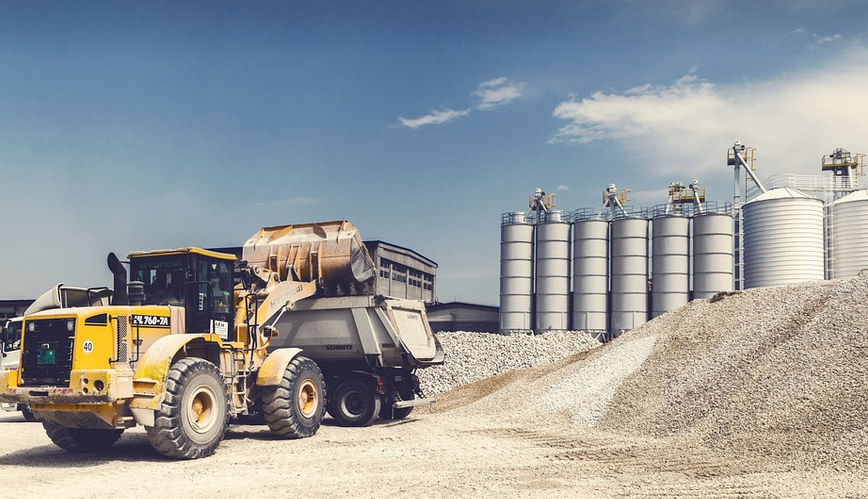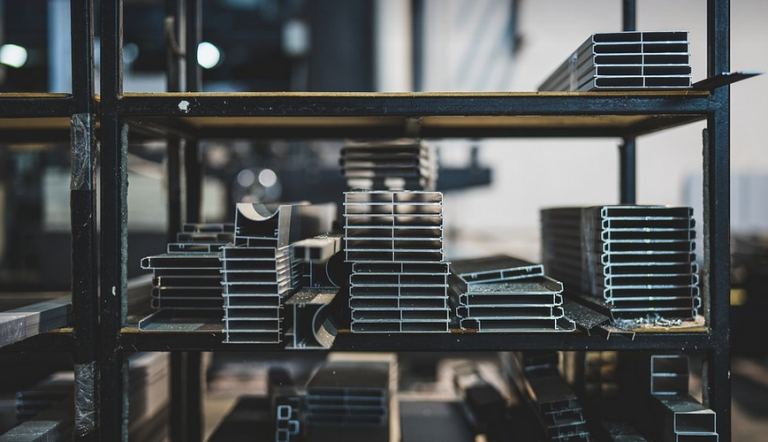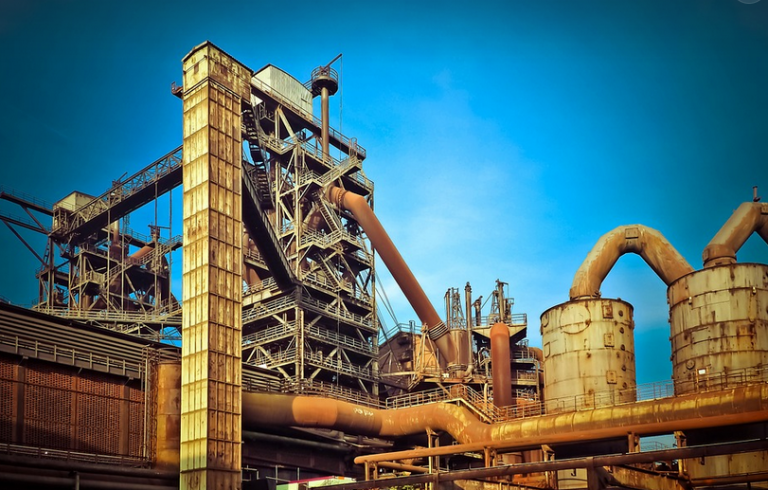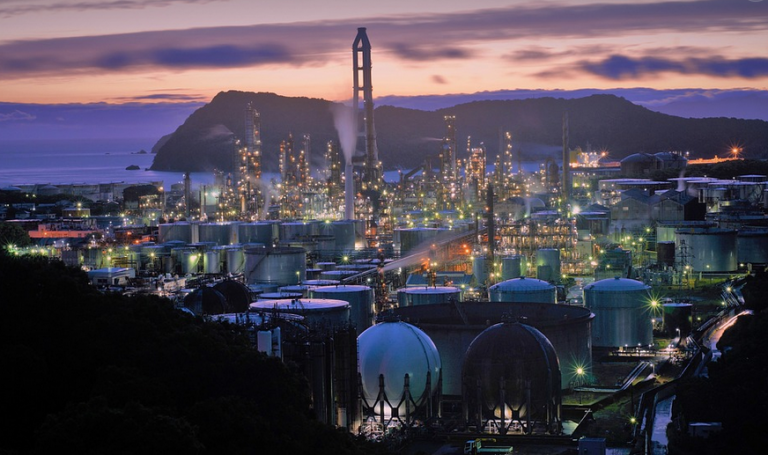
Understanding the Problem: Why Recycle Plastic Bottles?
Plastic bottles are ubiquitous in our modern lives, but their journey from factory to garbage bin isn’t always a smooth one. These seemingly innocuous containers often end up polluting our planet and harming wildlife and ecosystems. While we strive for a sustainable future, plastic waste remains a significant challenge. But there’s hope – recycling these bottles plays a crucial role in reducing the environmental impact of plastic consumption.
The problem isn’t just about piling up trash; it’s about understanding the long-term consequences. When plastic bottles end up in landfills or are improperly disposed of, they break down into tiny particles called microplastics. This poses a threat to our water sources and wildlife, potentially entering the food chain and causing harm to marine life.
Plastic pollution is not just an aesthetic issue; it’s a health hazard too. Microplastic ingestion has been linked to various diseases in humans and other living beings. However, recycling allows us to fight back against this threat by diverting plastic waste from landfills and creating valuable secondary materials that can be incorporated into new products.
The Rise of PET Bottle Recycling Machines: A Solution for a Sustainable Future
So, what’s the solution? Enter the magic wand of recycling technology – the pet bottle recycling machine. These machines are designed to handle the intricate process of processing plastic bottles into usable materials, contributing significantly to a cleaner and more sustainable world.
PET (Polyethylene Terephthalate) is the most common type of plastic used for bottles. These machines can efficiently sort, clean, melt, and process PET plastic into pellets that are ready to be used in creating everything from clothing and furniture to packaging materials.
This technology doesn’t just reduce waste; it empowers us with a circular economy model by converting waste into resources. The recycling process creates new products while reducing the demand for virgin plastics, ultimately minimizing the need for extracting raw materials. This approach promotes resource conservation and helps transition towards sustainable practices.
How PET Bottle Recycling Machines Work: A Simplified Explanation
PET bottle recycling machines are more than just automated sorting systems; they’re intricate pieces of engineering that work seamlessly to achieve a complete recycling process.
Imagine this: the machine starts with a conveyor belt carrying plastic bottles into its realm. These machines utilize various technologies like sensors, vision systems, and sophisticated hydraulics to carefully sort and pre-process the containers.
Next, the machines use cutting-edge technology to remove lids, caps, labels, and other extraneous materials that can’t be recycled or aren’t suitable for reprocessing. This meticulous separation ensures a streamlined recycling process.
The next step is where the magic happens – the melting process! The plastic bottles are melted down at elevated temperatures, transforming them into a viscous fluid that can be molded and shaped into various products. This molten material serves as the foundation for creating new items such as furniture, clothing fibers, and packaging materials.
The final stage involves a quality control process where the recycled pellets are rigorously examined to ensure their purity and consistency. Only then are they deemed fit for use in numerous applications across various industries.
Benefits of Investing in PET Bottle Recycling Machines: A Win-Win for All
Investing in PET bottle recycling machines isn’t just about saving the planet; it’s a smart business decision with numerous advantages. These machines offer a multitude of benefits to individuals, businesses, and the environment:
**For Businesses:**
- **Cost Savings:** The consistent supply of recycled materials leads to cost reduction in raw material procurement.
- **Environmental Responsibility:** By opting for recycling, individuals actively contribute to a cleaner and more sustainable future.
- **Waste Reduction:** Recycling plastic bottles diminishes landfill waste and reduces the need for extracting raw materials from the earth.
**For Individuals:**
**For the Environment:**
**Pollution Control:** The process of PET bottle recycling helps minimize air, water, and land pollution caused by plastic waste.
**Resource Conservation:** Recycled plastic finds new life in various products, contributing to a circular economy model that reduces resource depletion.
The Future of Recycling: A Global Shift Towards Sustainability
The future of recycling is bright with the emergence of innovative technologies and sustainable practices. As awareness grows about the impact of plastic waste on our planet, there’s a surge in demand for PET bottle recycling machines across various countries.
The global commitment to sustainability has spurred advancements in recycling technology. Research and development are focusing on creating more efficient, cost-effective, and environmentally friendly processes for turning plastic bottles into valuable resources. These innovations are set to transform the world of recycling, paving the way for a cleaner and greener future.
Conclusion: Recycling – A Sustainable Solution for a Better Tomorrow
In conclusion, PET bottle recycling machines have emerged as a game-changer in our journey toward sustainability. This technology offers tangible solutions to combat plastic pollution and promote a circular economy model where resources are utilized efficiently and waste is minimized. By embracing the power of these machines, we can create a brighter future for ourselves and generations to come.


